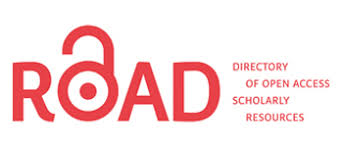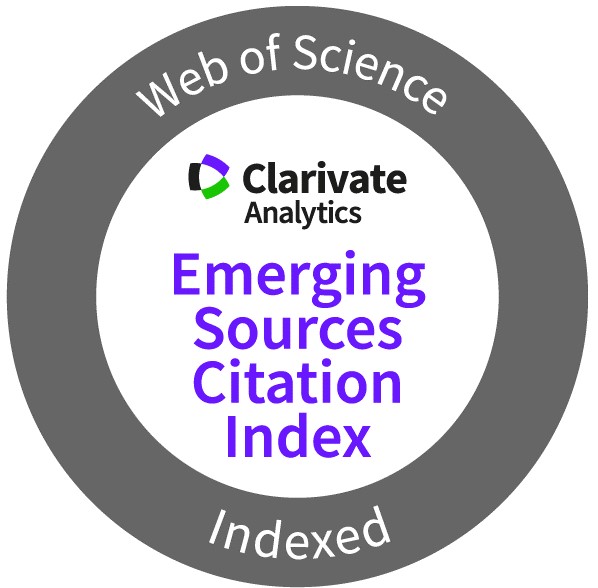TRATAMIENTO DE EFLUENTES DE CURTIEMBRE CON HUMEDALES CONSTRUIDOS: RESULTADOS PRELIMINARES
Resumen
Los efluentes de curtiembre son difíciles y costosos de tratar. Los humedales
construidos constituyen una alternativa económica para su tratamiento, en
particular, para pequeñas y medianas industrias argentinas. A pesar de sus
beneficios, los humedales construidos no han sido utilizados con este fin en
Argentina hasta la fecha. El presente proyecto de investigación incluye una serie
de actividades para adaptar la tecnología a los materiales disponibles en
Argentina y su implementación a escala piloto con un efluente real. Este artículo
presenta los resultados de los estudios preliminares, a saber: ensayos en
laboratorio para seleccionar el sustrato y determinar la tratabilidad del efluente
con humedales construidos, y una caracterización hidrogeológica del sitio donde
se emplazarán los humedales a escala piloto. Los resultados muestran que tanto
la piedra granítica como calcárea evaluadas son aptas para su uso en humedales construidos. Nueve sistemas a escala de laboratorio fueron operados por 90 días con efluente de la curtiembre, obteniéndose remociones de material orgánica del 60% a pesar de tratar un efluente complejo. El sitio elegido para los humedales piloto presenta condiciones apropiadas desde el punto de vista climático, edáfico e hidrológico. Los resultados obtenidos fueron utilizados para el diseño y construcción de dos humedales a escala piloto, los cuales están siendo evaluados con el fin de determinar la idoneidad de la tecnología para el tratamiento de efluentes de curtiembre con un caso de estudio en Argentina.
Cómo citar
Número
Sección
Los autores que publican en esta revista están de acuerdo con los siguientes términos:
- Los autores conservan los derechos de autor y garantizan a la revista el derecho de ser la primera publicación del trabajo al igual que licenciado bajo una Creative Commons Attribution License que permite a otros compartir el trabajo con un reconocimiento de la autoría del trabajo y la publicación inicial en esta revista.
- Los autores pueden establecer por separado acuerdos adicionales para la distribución no exclusiva de la versión de la obra publicada en la revista (por ejemplo, situarlo en un repositorio institucional o publicarlo en un libro), con un reconocimiento de su publicación inicial en esta revista.
- Se permite y se anima a los autores a difundir sus trabajos electrónicamente (por ejemplo, en repositorios institucionales o en su propio sitio web) antes y durante el proceso de envío, ya que puede dar lugar a intercambios productivos, así como a una citación más temprana y mayor de los trabajos publicados (Véase The Effect of Open Access) (en inglés).










